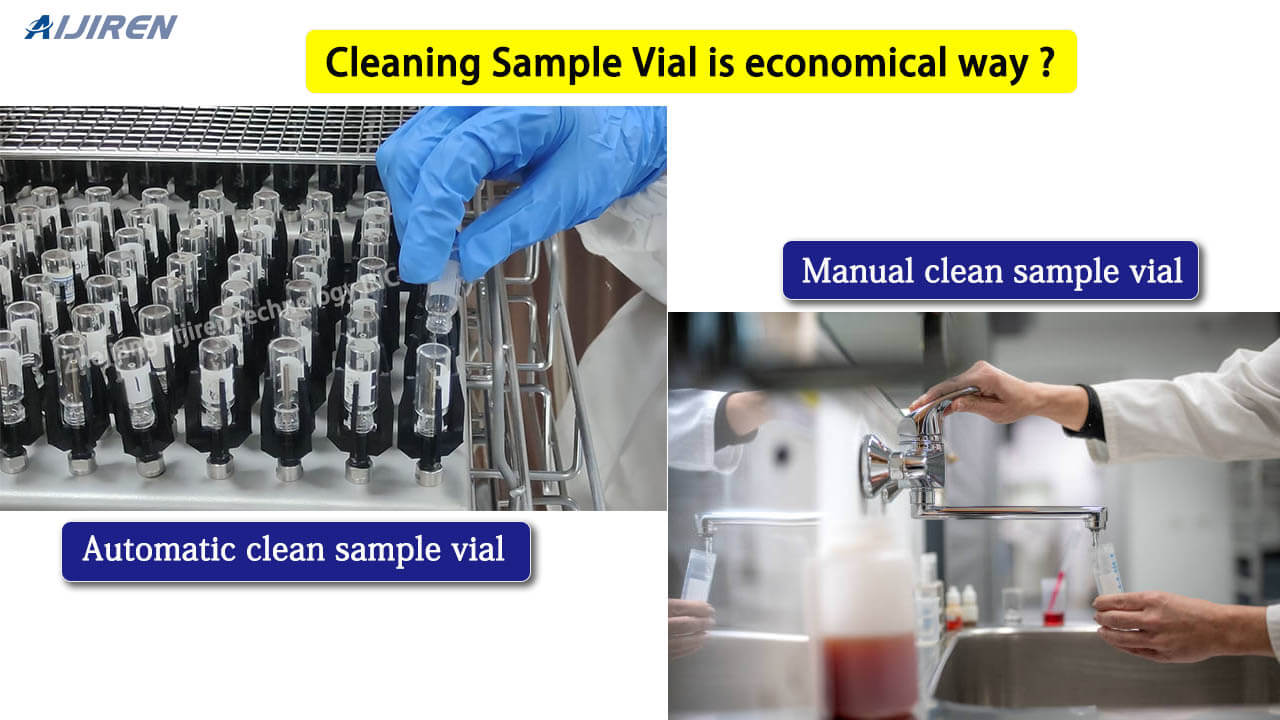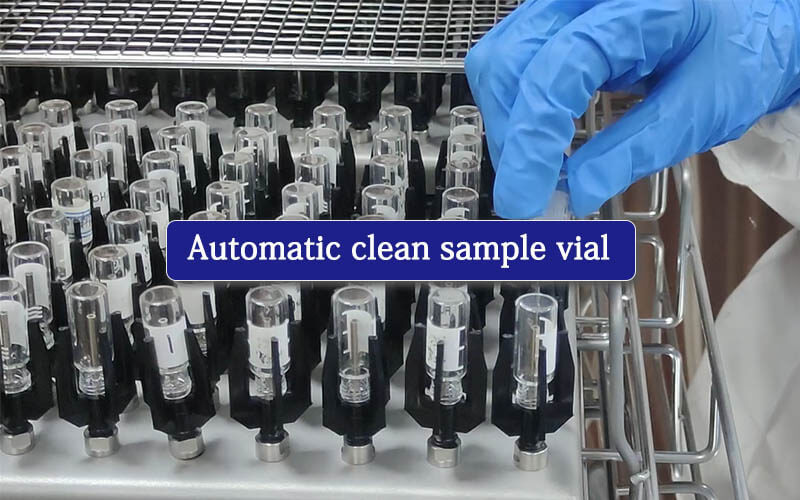As we all know,
chromatography vials are indispensable laboratory consumables in the sample preparation process. The
sample vial is particularly important for the efficiency of the experiment, the experimental process and the accuracy of the experimental data. Compared with other experimental equipment and instruments, the demand for
chromatography sample vials is very large, and the cost of sample vials accounts for a large proportion of laboratory costs. Many laboratories throw away sample vials immediately after an experiment, which feels like a waste of resources. Sometimes, to save costs, sample vials need to be cleaned. But
does cleaning vials really save lab costs?
As a
sample vial manufacturer, I can tell you that the sample vial produced by Aijiren fully meet the conditions of secondary cleaning to use, and the experiment is carried out first. Although sample vials and caps can sometimes be reused, this practice is not recommended. Reuse increases the like lihood of contamination from solvent or atmospheric interactions, which can affect your analysis and lead to time-consuming and expensive rework.
Let's calculate the cleaning cost of
chromatography vials in detail, and then compare and analyze the most economical method of using
sample vials. Vial cleaning can be divided into automatic cleaning and manual cleaning. Of course, no matter what cleaning method is used, cleaning solvent and water need to be prepared in advance.
Sample vial cleaning method
Automatic clean sample vial
Automatic cleaning can realize fully automatic functions such as pre-washing, cleaning, rinsing, disinfection, drying and so on. Cleaning data can be printed and saved. The premise of these operations is that your laboratory has an automatic cleaning machine, and the current price of a cleaning machine is around 3000$---10000$. That said, your lab must spend at least $3,000 on a cleaning machine. This cleaning requires the use of special cleaning solvents, which need to be purchased separately. In this case, we assume that the water consumption of automatic cleaning is 1/2 that of manual cleaning.
Manual clean sample vial
Tools such as solvent alcohol, brushes, dryers, etc. are required to be purchased separately; here we estimate the cost of these to be $300. The subsequent manual cleaning of the vials is mainly labor time cost.
First pour out the waste sample in the vial, then rinse the sample vial several times with clean water. This process takes approximately 30 minutes for 100 vials. Then, use alcohol solvent for 2 times ultrasonic treatment, each time 15-20 minutes; 2 times ultrasonic cleaning with pure water, each time 15-20 minutes; high temperature drying, pay special attention to the temperature not exceeding 110 ℃, the drying process may be damaged sample vial. The entire cleaning process takes 2 hours.
.jpg)
Now let's calculate whether cleaning the vials saves money; whether it is automatic or manual cleaning, the biggest issue is the consumption of detergent. The time cost of the experimenter cannot be calculated in detail. If you only look at the money I saved by washing a lot of vials and ignore the money and manpower of the detergent used, you may inadvertently lose a lot. At present, the laboratory can only clean the sample bottle, and the cap and septum cannot be cleaned. From this calculation, cleaning vials is not the most economical method compared to the price of chromatography vials.
Aijiren recommends you the ultra-affordable vials, which are in low price and quality guaranteed. The low price sample vial can save your money by changing sample vials instead of washing sample vials! There are also separate cap and septa for additional kitting.
| Product No |
Specification |
Name |
| V917 |
Aijiren 2mL 9-425 Clear screw vial; |
Sample vial |
| V947 |
Aijiren 2mL 9-425 Amber Screw vial, w/Write-on spot; |
Sample vial |
| SC9191 |
1mm thickness White PTFE/Red Silicone Septa, 9mm Blue short screw PP cap, 6mm centre hole; |
Cap and septa |
| SC92291 |
1mm thickness pre-slit Red PTFE/White Silicone Septa, 9mm Blue short Screw PP cap, 6mm centre hole; |
Pre-slit septa |
| IP250 |
Cone bottom Micro-insert for 9mm screw vial, 6*31mm; |
Micro-insert |
| V1335 |
Ajiren 4mL 13-425 Amber Screw vial; |
Sample vial |
| SC131131 |
13-425 black Screw PP cap, White PTFE/Red Silicone Septa; |
4mL vial Septa |
| V1147 |
Aijiren 2mL Amber crimp neck vial w/Write-on spot; |
Sample vial |
Aijiren can also supply headspace vial and TOC vial, culture tube, syringe filter, glass reagent bottle and so on in wholesale price.Buy this sample vial is more economical than cleaning sample vial.


.jpg)